Your Xiaomi Redmi 8 Review to Find the Required Information
Xiaomi Redmi 8 specifications have a complicated litany of scientific terminology that can overwhelm even the specialists. Thus, when you think to buy a new cellular phone, there will be several questions pass through your mind. In this blog, you will find Xiaomi Redmi 8 reviews that explain most of its features and terminologies, to allow you to understand it all.
After announcing Xiaomi Redmi 8 by Xiaomi on 10/9/2019, this model has been Released 2019, October 12. However, this model status in the market is: Available.
When you purchase Xiaomi Redmi 8, you will gain a 12 MP, f/1.8, 1/2.55″, 1.4µm, Dual Pixel PDAF rear camera and Motorized pop-up 16 MP, f/2.0, 26mm (wide), 1/3.06″, 1.0µm selfie camera. it Also has 32GB 3GB RAM, and 5000 mAh battery life (the more mAh value gives more strength to the battery).
Xiaomi Redmi 8 comes with Corning Gorilla Glass 5 as a screen protection that is prepared to save the screen when the phone drops on hard and rough surfaces, and with 6.22 inches, 96.6 cm2 display size.
Xiaomi Redmi 8 comes with the following OS and chips:
* Android 9.0 (Pie), upgradable to Android 10, MIUI 12 OS,
* Qualcomm SDM439 Snapdragon 439 (12 nm) Chipset
* Octa-core (4×1.95 GHz Cortex-A53 & 4×1.45 GHz Cortex A53) Processor.
To understand the meanings of smartphones specs, continue reading this Xiaomi Redmi 8 review.
The Body Specs – Xiaomi Redmi 8 Review
When planning to purchase a new cellular phone, the body features must be taken into consideration. These physical characteristics include body size, weight, and build. You can read Xiaomi Redmi 8 review in terms of the body features in the lines that follow.
* Body Dimensions: 156.5 x 75.4 x 9.4 mm (6.16 x 2.97 x 0.37 in) which mean height, width, and thickness (depth) respectively.
* Body Weight: 188 g (6.63 oz).
For smartphones, a weight between 140g to 170g is deemed suitable and appropriate for most users.
* Body Build: Glass front (Gorilla Glass 5), plastic back, plastic frame.
The following body types of the smartphones are available:
* Metal. Due to the fact that it is made of metals, it is the most powerful in terms of saving the smartphone’s internal parts.
* Plastic. This kind could be more durable than metal because it doesn’t flex. Additionally, because it doesn’t break easily, it has a longer operating life than a glass one.
* Glass. This kind of cellular phone’s body looks more polished and attractive, despite the fact that the fragile nature of glass makes it more breakable.
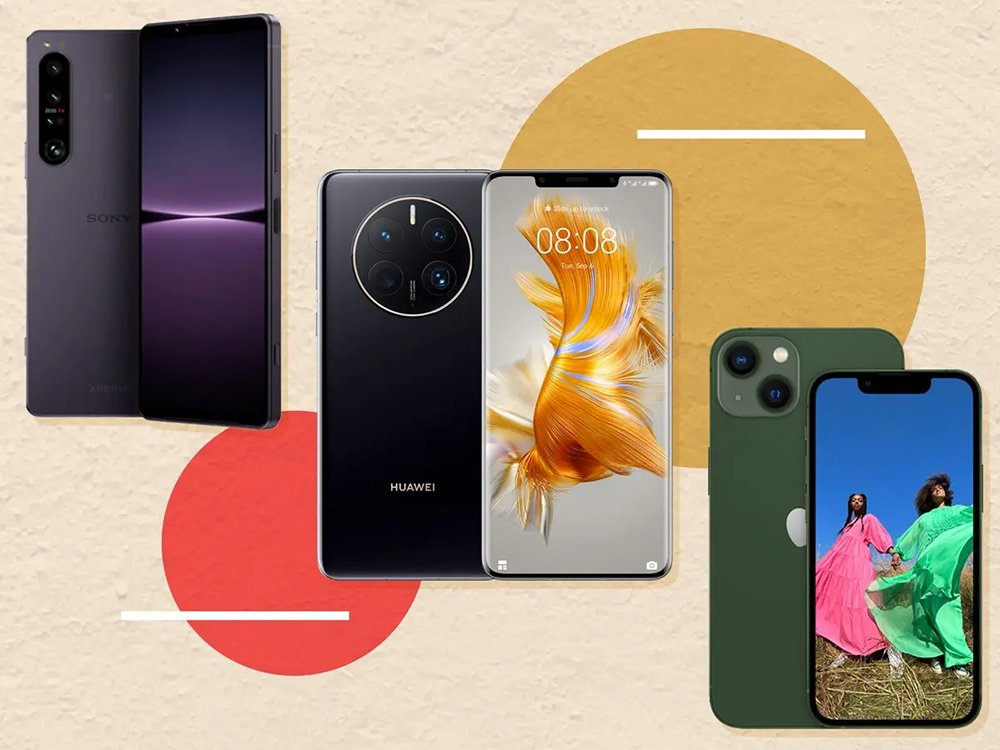
Xiaomi Redmi 8 Review of The Available Colors
Choosing the color of the smartphones does not affect the quality of its work or the effect of heat on its internal components, so the color can be selected according to your taste or the way in which you utilize your phone.
Xiaomi Redmi 8 comes in the following colors: Onyx Black, Ruby Red, Sapphire Blue, Phantom Red.
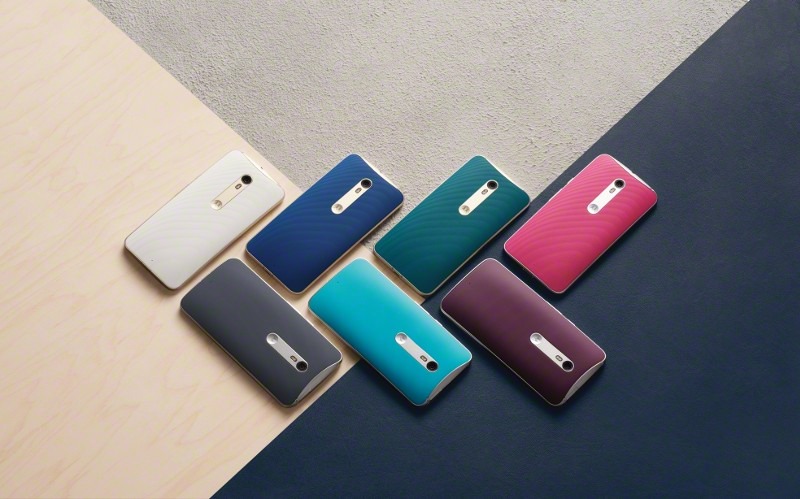
Xiaomi Redmi 8 Review of The Display Specs and Quality
As mobile phones innovations evolve quickly, it is hard to identify any mobile phone or combination of characteristics as the best. This applies to the quality and specs of the screen. In fact, choosing it depends on your personal need and the areas in which you use cellphones. In the following lines, we will represent the primary screen features of Xiaomi Redmi 8
Display Type: IPS LCD – Always select a screen type that offers real black and more radiant colors.
Display Size: 6.22 inches, 96.6 cm2 – The common standard screen size of mobile phones now averages between 4.7 and 6.5 inches.
Display Nits Brightness: 400 nits (typ).
Display Nits Full: 400 nits (typ),.
Screen To Body Ratio: (~81.8% screen-to-body ratio). It gives the percentage of how much of the front side is covered by the screen.. Smartphones that have the largest screen to body ratio look delicate and give it a premium look.
Display Ratio: 19:9 ratio. the Aspect ratio is the relevance between the height and width of the smartphone screen. Taller aspect ratios like 19.5:9 is coming with the most modern smartphones, and it is suitable for web browsing, and other portrait orientation apps.
Display Resolution: 720 x 1520 pixels. It is the clarity of an image video in details and sharpness. The pixel resolution for high definition screens is 1920 x 1080.
Display Density: (~270 ppi density). It is the number of physical pixels per inch on a screen, and is measured in Pixels Per Inch (ppi).
Display Protection: Xiaomi Redmi 8 comes with the following display protection:
* Corning Gorilla Glass 5
* Corning Gorilla Glass 5.
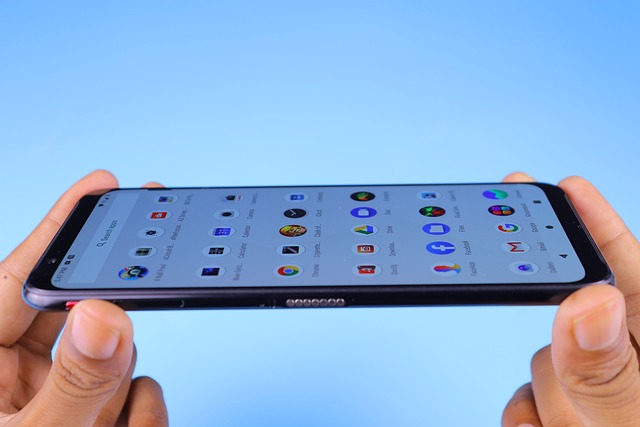
Xiaomi Redmi 8 Review – Understanding Camera terminologies and Features
In the following lines, you will find Xiaomi Redmi 8 review about the main cameras.
* Main Camera Single: {12 MP, f/1.8, 1/2.55″, 1.4µm, Dual Pixel PDAF}.
The following lines explain some of the symbols included in the camera specifications:
MP (Megapixels) is the resolution of the image taken by a cellphone.
(f value) is the aperture of a lens indicates how much light it lets in. A bigger aperture lets in more light, and vice versa..
(mm value) This measurement is of the lens’s focal length, which affects the final image that is produced by your camera.
AutoFocus (AF) is the function of a camera to automatically focus on a subject.
* Main Camera Dual: 2 MP, (depth)
The main camera features are as follows:
LED flash, HDR, panorama, 1080p@30fps main video camera.
Here is the Xiaomi Redmi 8 review of the selfie camera:
* Selfie Camera Single: Motorized pop-up 16 MP, f/2.0, 26mm (wide), 1/3.06″, 1.0µm
The main camera characteristics are:
LED flash, HDR, 1080p@30fps Selfie video camera.
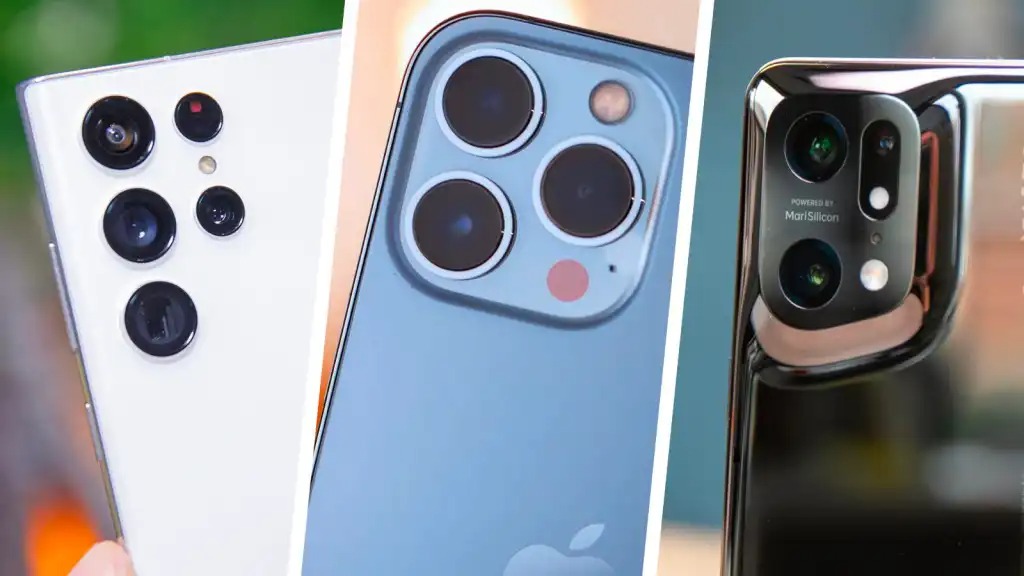
Knowing The SIM characteristics By Reading Xiaomi Redmi 8 Review
A SIM (Subscriber Identity Module) is a smart card that connects your cell phone to the mobile network so that you can make calls, send SMS messages, and use mobile internet services like 3G, 4G LTE, and 5G. For more information about 3G / 4G networks, refer to Xiaomi Redmi 8 3G or Xiaomi Redmi 8 4G articles You can use your mobile phone without a SIM card for many things, like using the calculator, saving notes, playing games, taking photos, and many other uses. SIM cards come in three sizes: Standard (Mini), Micro, and Nano.
This cellphone model comes with Dual SIM (Nano-SIM, dual stand-by) card. For more information, refer to How to insert SIM card in Xiaomi Redmi 8 article.
Here are the popular SIM card kinds:
* Nano SIM. This removable SIM card size is the smallest available one, so it is the most modern one (other than eSIMs, which we’ll talk about it very soon) and most modern mobile phones are using it.
* Micro SIM. They have a little bit larger chip, and they’re rarely been used in the recent years.
* Standard SIM (Mini SIM). It is the biggest SIM card size in use, and it’s the most seldom used.
* eSIM. It is an embedded SIM card, meaning that you can’t remove it from your cellular phone.

Xiaomi Redmi 8 Review of The Performance
This model has Qualcomm SDM439 Snapdragon 439 (12 nm) chipset.
Advanced embedded chipsets in mobile phones allows the performing of many different tasks depending on their programming. They are built-in as part of the complete device including hardware and mechanical components. The most famous chipset types are: QUALCOMM Snapdragon, INTEL ATOM, and MEDIATEK CHIPSETS..
Xiaomi Redmi 8 has Octa-core (4×1.95 GHz Cortex-A53 & 4×1.45 GHz Cortex A53) CPU.
CPU (Central Processing Unit) performance is necessary for the daily user experience. Thus, the higher the number of cores, and the higher the number of processing speed the better the performance will be..
Xiaomi Redmi 8 has the following GBU (Graphics Processing Unit): Adreno 505.
This chip is responsible for handling all graphics jobs. Actually, Users are now more familiar about the various GPU chip kinds included in smartphone chipsets and occasionally take their performance into account when making purchases.
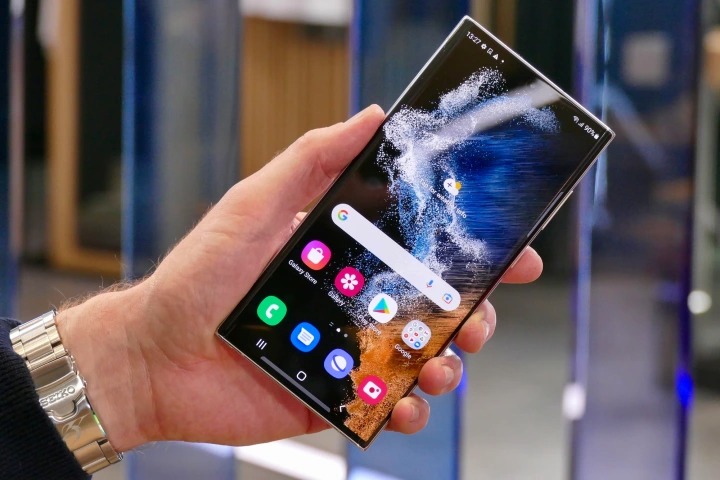
Xiaomi Redmi 8 Review of the Storage features and Capacity
The amount of storage that a new cellular phone offers is one of the primary decision considerations.. Actually, Xiaomi Redmi 8 comes with microSDXC memory card slot, and the following internal memory: 32GB 3GB RAM – 64GB 4GB RAM
There are two types of phone’s memory:
Internal: It is integrated inside the phone, and can’t be increased. These days, most smartphones come with internal storage of at least 32GB or 64GB and a few high-end models feature 256GB or 512GB.
External: It is a removable SD card used as an extra storage to save photos, music, videos, etc., regardless of the kind of SD card slot.
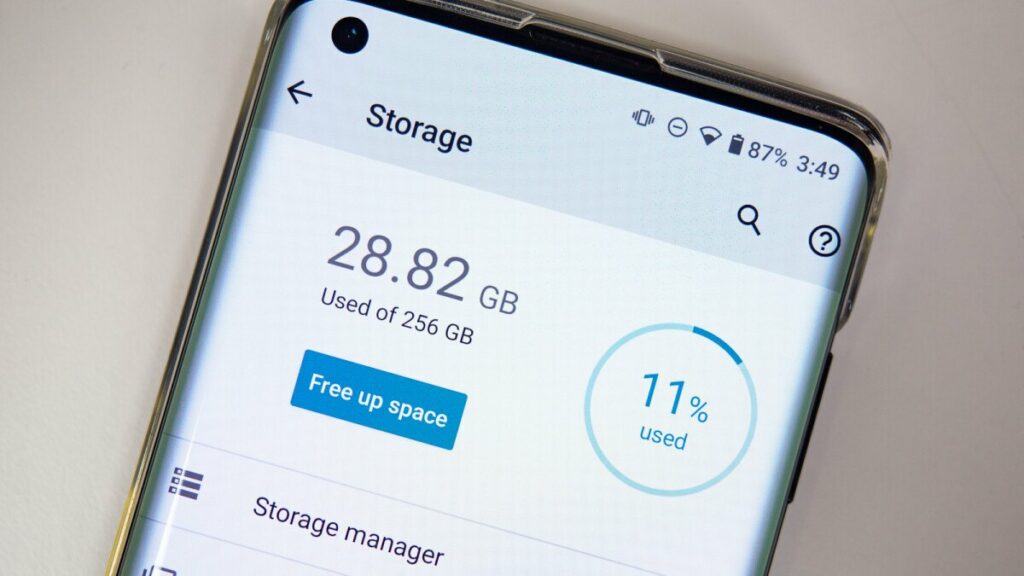
Mobile Networks and Connectivity – Xiaomi Redmi 8 Review
A mobile network, also referred to as a wireless network, is a system that allows mobile devices to send and receive radio wave.. It consists of base stations, each of which comprises a distinct zone that called “cell”. This grants many mobile transceivers, such as cellphones, to connect with one another. By the way, there are 3 types of mobile networks in use: 3G, 4G (LTE), and 5G.
Xiaomi Redmi 8 supports the following networks: 3G. For more information, refer to Xiaomi Redmi 8 3G article. – 4G. For more information, refer to Xiaomi Redmi 8 4G article.

Read About Wireless Connections – Xiaomi Redmi 8 Review
This model comprises the following wireless communications:
* WLAN connection: {Wi-Fi 802.11 b/g/n, Wi-Fi Direct, hotspot}. Wireless Local Area Network depends on Wi-Fi to connect to the home or office wireless network using the local router and provides Internet access.
* Bluetooth connection: {4.2, A2DP, LE}. It is a common wireless communication protocol used to connect two devices together over short ranges, allowing them share data between different devices.
* GBS connection: {Yes, with A-GPS, GLONASS, GALILEO, BDS}.Global Positioning System enables cellular phone to define any position you need.
* USB connection: {USB Type-C 2.0, USB On-The-Go}.Universal Serial Bus is wired technology that allows users to connect two devices, such as a smartphone with a PC, to either transfer data or to charge the connected device.
* Features Sensors: {Fingerprint (rear-mounted), accelerometer, proximity, compass}. The sensor is a device that detects and majors the changes in the nearby environment such as ambient light and motion.
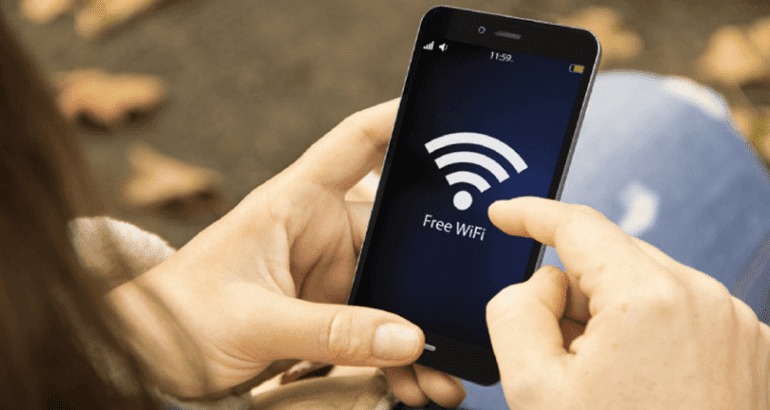
The Operating System – Xiaomi Redmi 8 Review
This model comes with {Android 9.0 (Pie), upgradable to Android 10, MIUI 12} operating system.
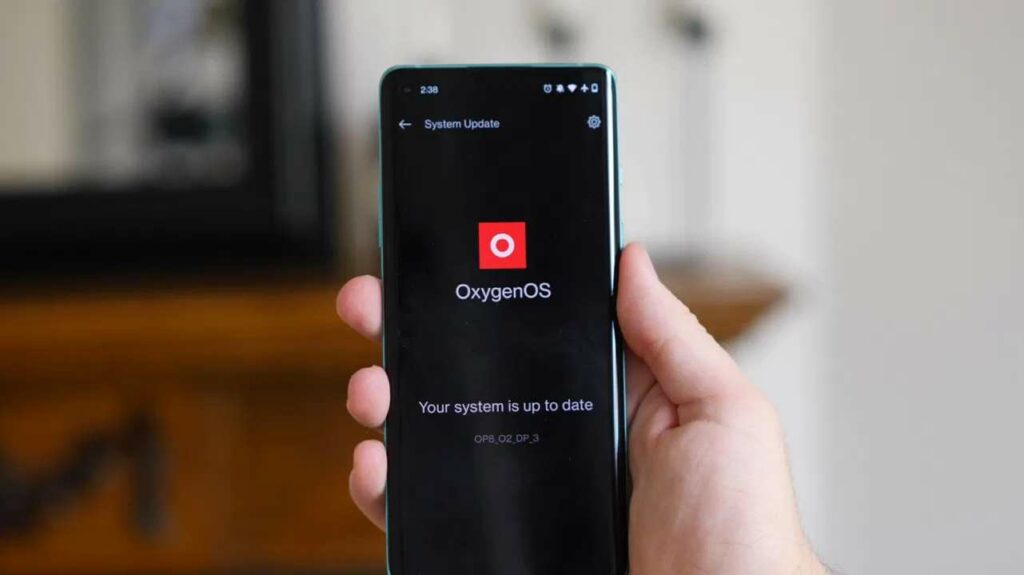
PHONE Review – The Battery Main Specs
Nothing is more important than the battery of the mobile phone that keeps these devices running and providing daily life functioning. In the following lines, you will find Xiaomi Redmi 8 review of its primary battery.
* Battery Technology: {Li-Po}.
* Xiaomi Redmi 8 comes with {non-removable} battery.
* Battery Capacity: {5000} mAh. It refers to the amount of storage volume a specific battery may offer. A battery with 3100 mAh capacity rating could supply a current of 3100 mA for one hour. Higher mAh ratings for the same battery kind will usually mean more working time.
* Battery Charging: {Fast charging 18W}.
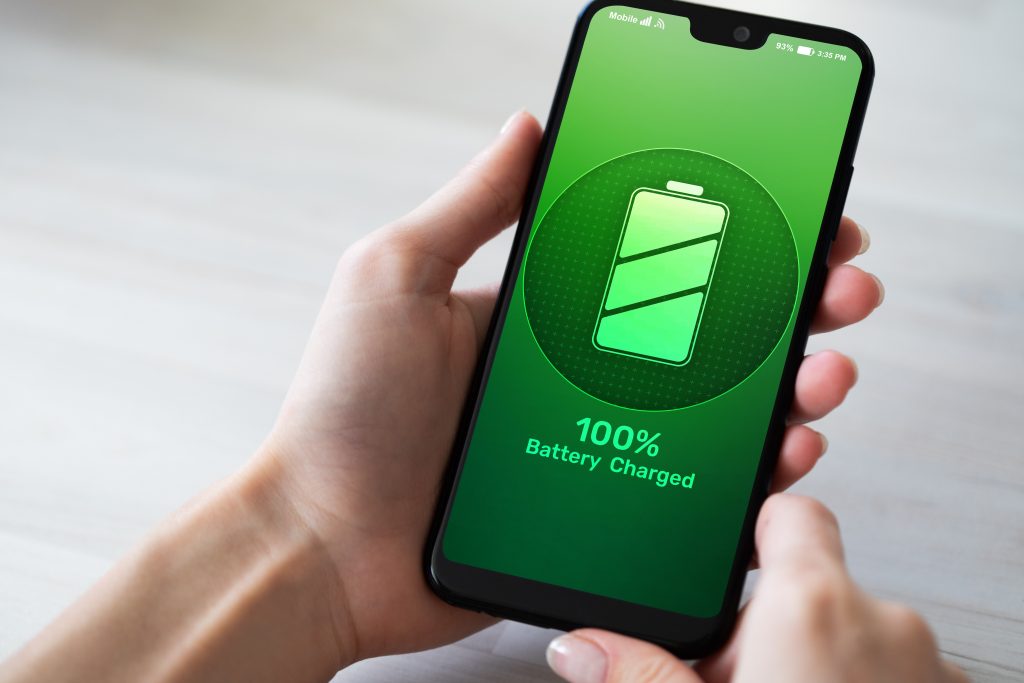
Xiaomi Redmi 8 Review – The Battery Secondary Specs
Along with the main Xiaomi Redmi 8 parameters that we just discussed, this model contains extra battery-related features that vary somewhat depending on the kind of smartphone. These specifications are as follows:
* Battery Charging Original: {Fast charging 18W}.



